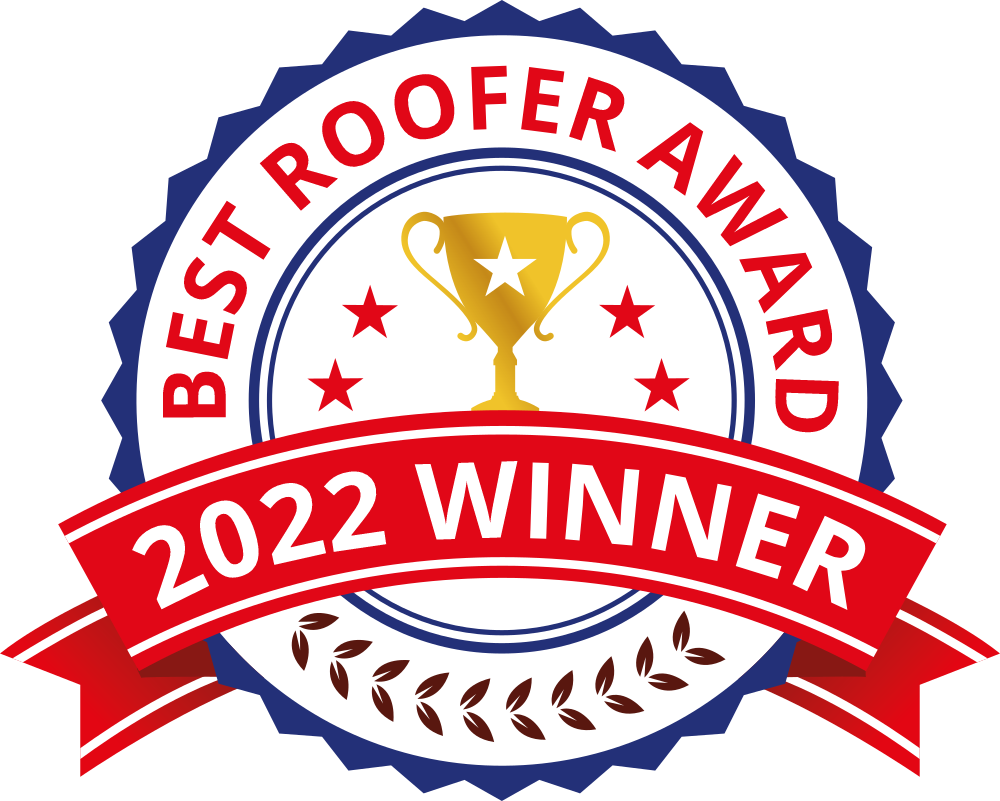Roofing is a critical component of any building, whether residential or commercial. The roof protects the interior of the building from harsh weather conditions and ensures that the occupants are safe and comfortable.
The market offers various types of roofing materials, each with its own advantages and disadvantages.
Tin metal roofing has become a well-liked option for many homeowners in recent years because of its toughness, energy efficiency, and aesthetic appeal.
Tin metal roofing is a type of roofing material made from thin sheets of tin that are coated with a layer of protective material.
The protective layer helps to prevent rust and corrosion, ensuring that the roof lasts for a long time. Tin has been used as a roofing material for centuries, dating back to the 18th century when it was first introduced as an alternative to wooden shingles.
In the 19th century, tin roofing became even more popular due to its low cost and ease of installation. Today, tin metal roofing is widely used in both residential and commercial buildings due to its many benefits.
In this article, we will explore the benefits, types, installation process, and cost of tin metal roofing.
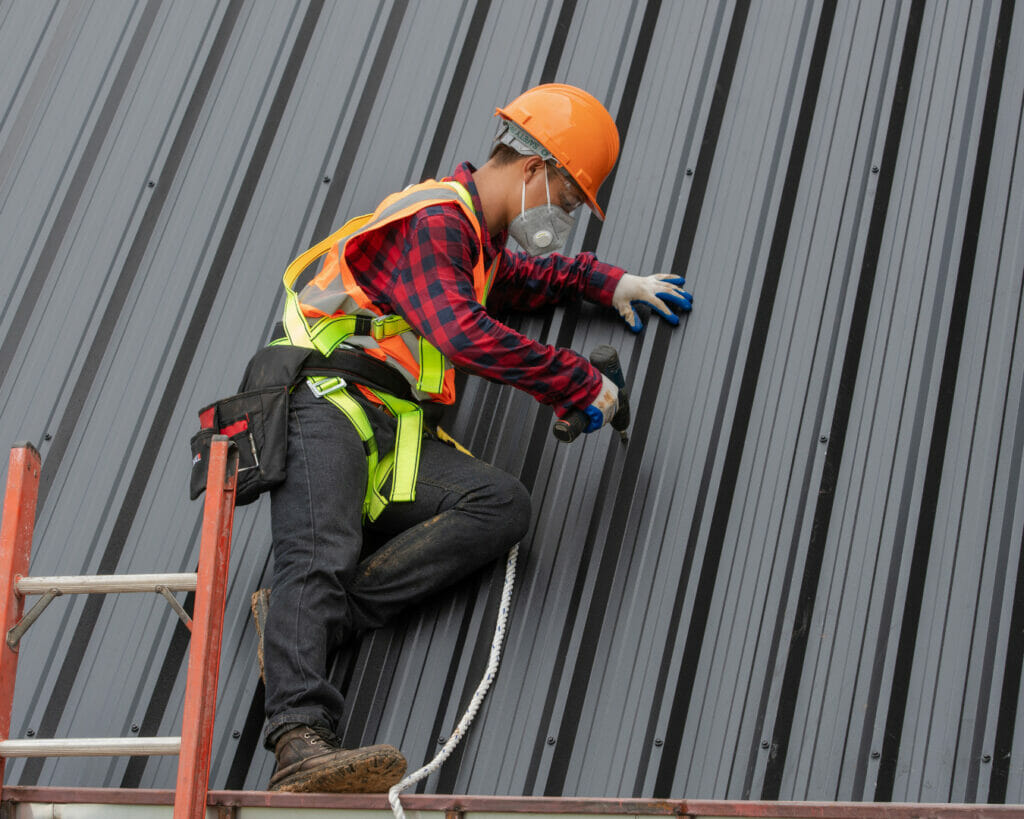
Advantages of Tin Metal Roofing
Durability
One of the primary benefits of tin roofing is its durability. Tin roofs are resistant to harsh weather conditions such as heavy rain, snow, and hail. They are also fire-resistant, which means that they do not pose a fire hazard to the building. Tin roofs can last for up to 50 years or more, depending on the quality of the installation and the maintenance practices.
Aesthetics
Tin metal roofing comes in a variety of styles and colors, making it easy to find a style that matches the design of your building. Tin roofs have a timeless look that can enhance the curb appeal of any property. Additionally, tin roofs are easy to maintain and can be repainted if necessary.
Energy Efficiency
Tin metal roofing is an energy-efficient roofing material that can help to reduce your energy bills. Tin roofs are highly reflective, which means that they reflect sunlight and prevent heat from entering the building. This helps to keep the interior of the building cool during the hot summer months, reducing the need for air conditioning. Additionally, tin roofs can be insulated, which further improves their energy efficiency.
Types of Tin Metal Roofing
Standing Seam Tin Roofing
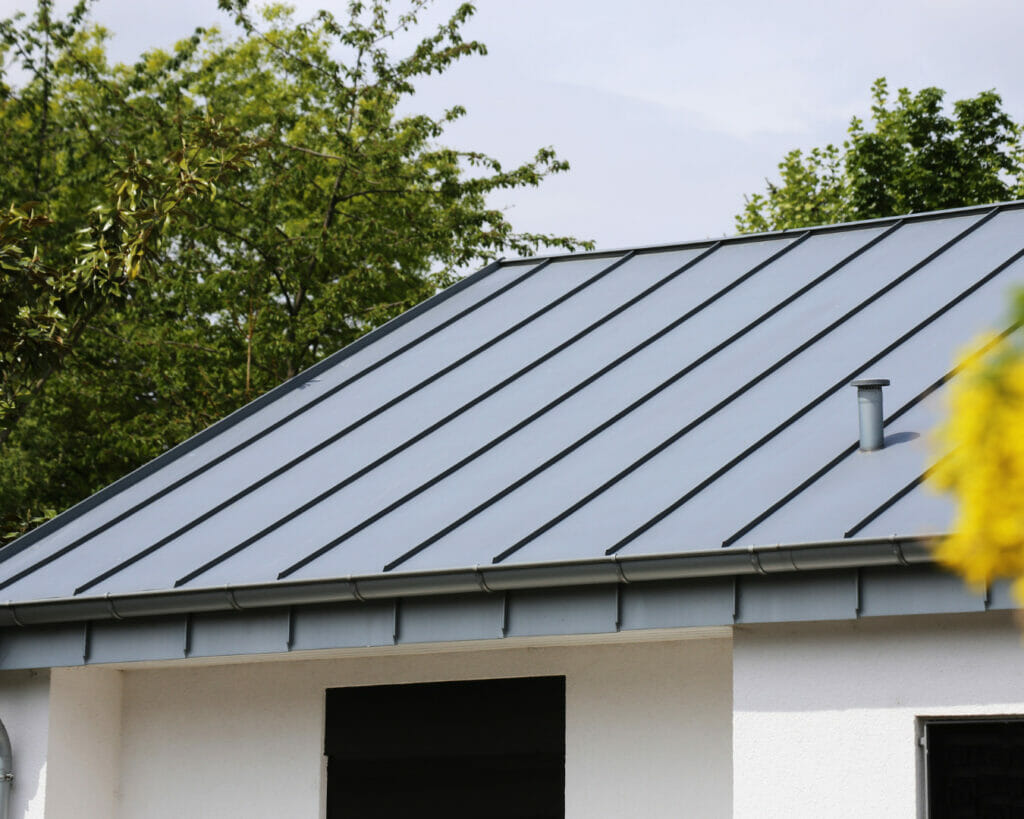
Standing seam tin roofing is a popular type of tin roofing that features raised seams that interlock to create a continuous and weather-tight seal. Standing seam roofs are highly durable and require minimal maintenance. They are also easy to install and can be used on both steep and low-slope roofs.
Corrugated Tin Roofing
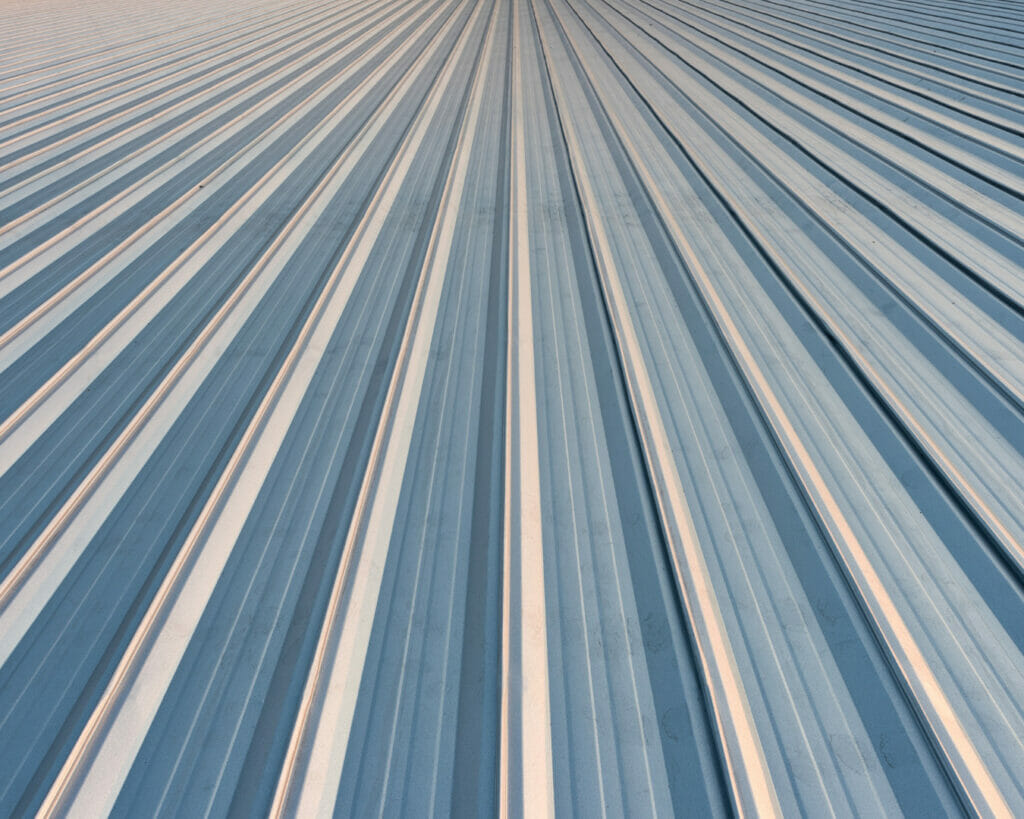
Corrugated tin roofing is a cost-effective roofing option that features wavy panels that are overlapped to create a weather-tight seal. Corrugated tin roofs are highly durable and can last for up to 50 years or more. They are also lightweight and easy to install.
Tin Shingle Roofing
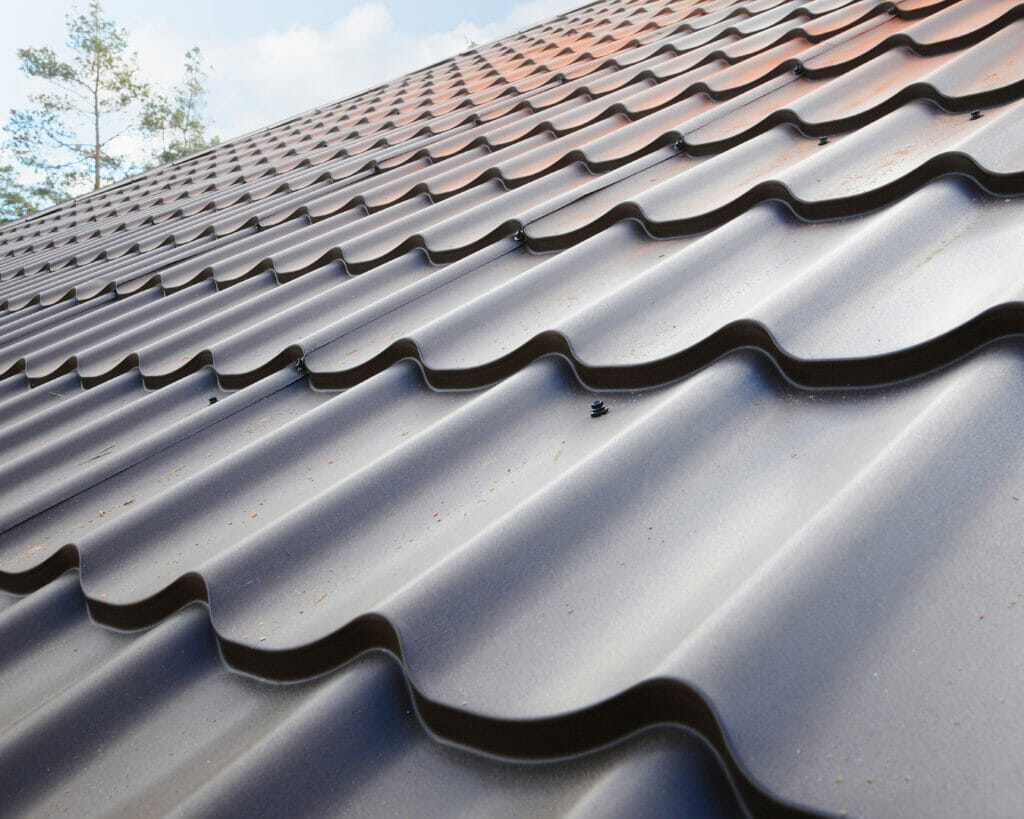
Tin shingle roofing is a type of tin roofing that features individual shingles that interlock to create a weather-tight seal. Tin shingles are highly durable and can last for up to 50 years or more. They are also available in a variety of colors and styles, making it easy to find a style that matches the design of your building.
Snap-Lock Tin Roofing
Snap-lock tin roofing is a type of standing seam roofing that features snap-together panels that create a weather-tight seal. Snap-lock roofs are highly durable and require minimal maintenance. They are also easy to install and can be used on both steep and low-slope roofs.
Installation Process of Tin Metal Roofing
Installing a tin metal roof requires a certain level of skill and expertise. The following are the steps involved in installing a tin metal roof.
Pre-installation considerations
Before installing a tin metal roof, it is important to inspect the roof structure to ensure that it is strong enough to support the weight of the new roof. If the roof structure is not strong enough, it may need to be reinforced before the new roof can be installed. It is also important to prepare the roof by removing any existing roofing materials and repairing any damaged areas.
Installation steps
- Underlayment installation. The first step in installing a tin metal roof is to install an underlayment. The underlayment is a layer of material that is placed over the roof decking to provide a base for the tin panels. The underlayment should be installed perpendicular to the roof decking to prevent water from seeping through the seams.
- Flashing installation. The next step is to install flashing around the roof edges, chimneys, vents, and other protrusions. Flashing is a thin piece of metal that is used to create a weather-tight seal around these areas. The flashing should be installed before the tin panels to ensure that the roof is watertight.
- Panel installation. The final step is to install the tin panels. The panels should be installed from the bottom of the roof up, with each panel overlapping the previous panel. The panels should be fastened to the roof decking using screws or nails. It is important to follow the manufacturer's instructions when installing the panels to ensure that they are installed correctly.
Maintenance of Tin Metal Roofing
Like any other roofing material, tin metal roofing requires regular maintenance to ensure that it lasts for a long time. The following are some of the maintenance practices that should be performed on a tin metal roof.
Inspection
Regular inspection of the roof is essential to identify any potential problems before they become major issues. At least twice a year, especially in the spring and fall, the roof should be inspected. During the inspection, look for any signs of damage such as rust, corrosion, or dents.
Cleaning
Tin metal roofing should be cleaned regularly to prevent the buildup of debris, dirt, and other contaminants. Cleaning can be done using a pressure washer or a garden hose with a spray nozzle. It is important to avoid using abrasive cleaners or tools that can scratch the surface of the roof.
Repairs
Any damage to the roof should be repaired as soon as possible to prevent it from getting worse. Repairs can include replacing damaged panels, fixing leaks, or repairing flashing. It is important to use the same type of materials as the original roof to ensure that the repair is effective.
Cost of Tin Metal Roofing
The cost of tin metal roofing varies depending on a number of factors, including the size of the roof, the type of tin metal roofing, and labor costs. Generally, tin metal roofing is more expensive than asphalt shingles but less expensive than materials like copper or slate.
Factors that influence cost
The size of the roof is one of the biggest factors that influence the cost of tin metal roofing. Installation costs increase with the size of the roof.. The type of tin metal roofing also affects the cost. Standing seam roofing is generally more expensive than corrugated tin roofing. Labour costs are another factor that can affect the cost of tin metal roofing. The cost of labour can vary depending on the region and the experience of the roofing contractor.
Comparison with other roofing materials
When compared to other roofing materials, tin metal roofing is a cost-effective option that offers many benefits. While it may be more expensive than asphalt shingles, it is less expensive than materials like copper or slate. Additionally, tin metal roofing is more durable than asphalt shingles and requires less maintenance over its lifespan. When compared to other metal roofing materials, tin is generally less expensive than materials like copper or zinc.
Conclusion
Tin metal roofing is a durable, energy-efficient, and aesthetically appealing roofing material that offers many benefits to homeowners and commercial building owners. It is available in a variety of styles and colours, making it easy to find a style that matches the design of your building. The installation process requires skill and expertise, but with proper installation and maintenance, a tin metal roof can last for up to 50 years or more. While it may be more expensive than some other roofing materials, the benefits of tin metal roofing make it a cost-effective option in the long run.
If you are in the market for a new roof, it is worth considering the benefits of tin metal roofing. It offers a range of advantages that can help to protect your property and increase its value. To ensure that your tin metal roof is installed and maintained properly, it is important to work with a reputable roofing contractor such as MM Dynamic. Our team of professionals has the experience and expertise needed to provide quality installation and maintenance services to ensure the longevity of your tin metal roof.


